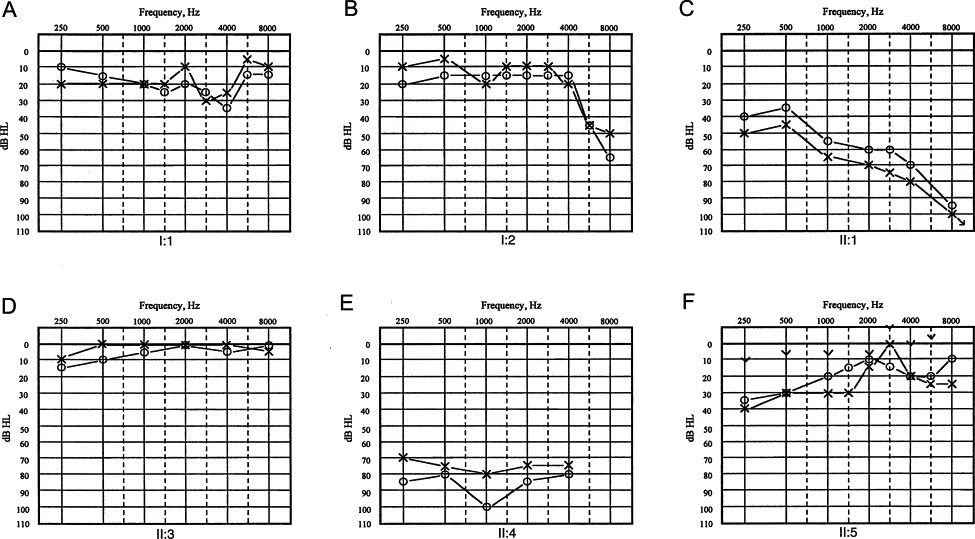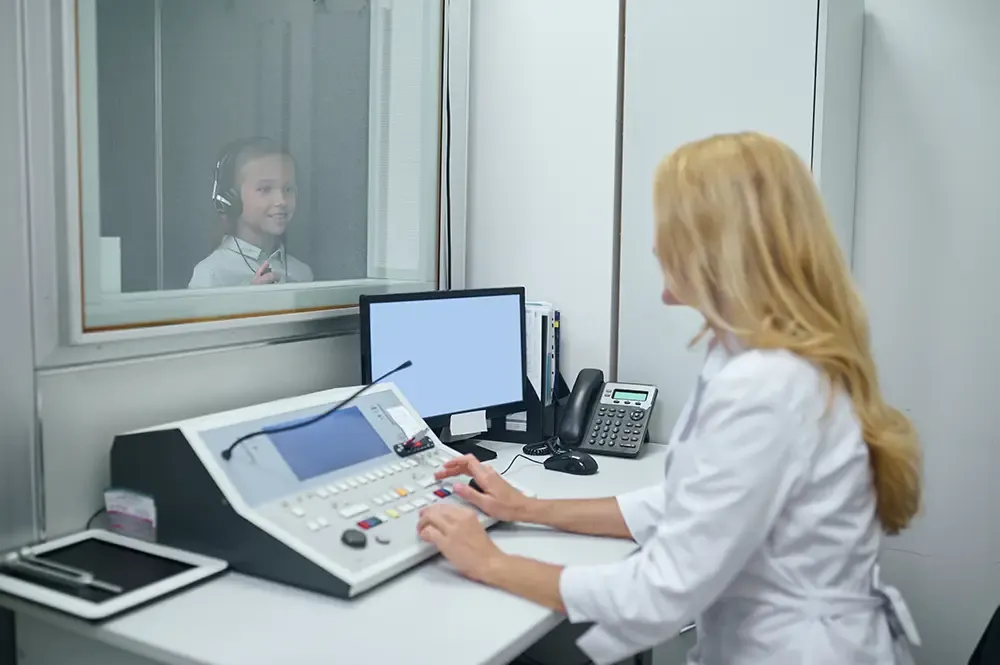
Step into the world of Pure Tone Audiometry! If you’ve ever been curious about what this term means or how it connects to hearing health, you’re in the right spot. In this piece, we’ll explore Pure Tone Audiometry in detail, covering everything from the fundamentals to common questions and beyond. Let’s dive in and discover the essentials of Pure Tone Audiometry!
Pure Tone Audiometry, commonly known as PTA, is a standardized hearing assessment designed to measure a person’s hearing sensitivity. It is one of the most widely used and essential tools for audiologists and hearing care specialists to evaluate auditory function. Through PTA, professionals can determine the type, severity, and pattern of hearing loss, allowing them to provide precise diagnoses and recommend suitable treatment options.
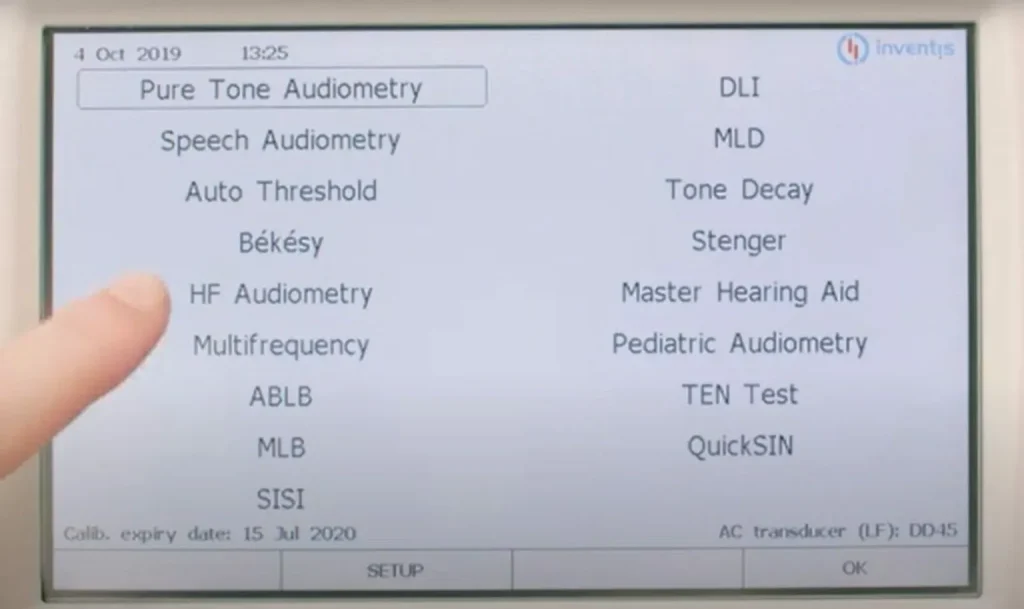
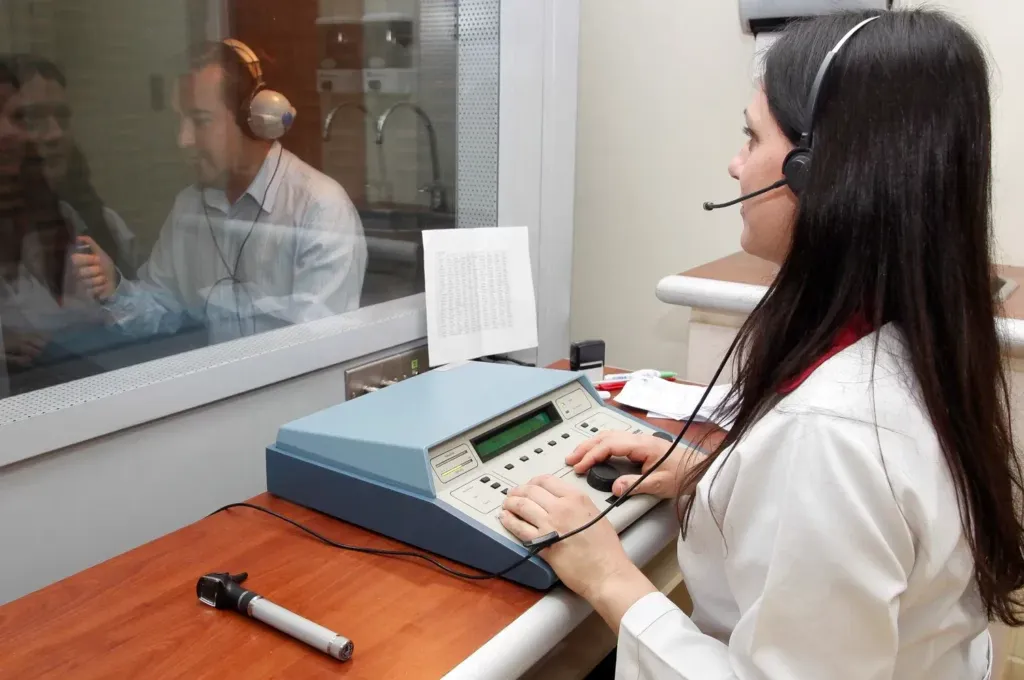
In a Pure Tone Audiometry test, the person wears headphones and listens to a sequence of pure tones or beeps at varying frequencies and volumes. The individual signals when they hear a sound, either by raising a hand, pressing a button, or using another method. The results are then recorded on an audiogram, a visual chart that displays the person’s hearing thresholds.
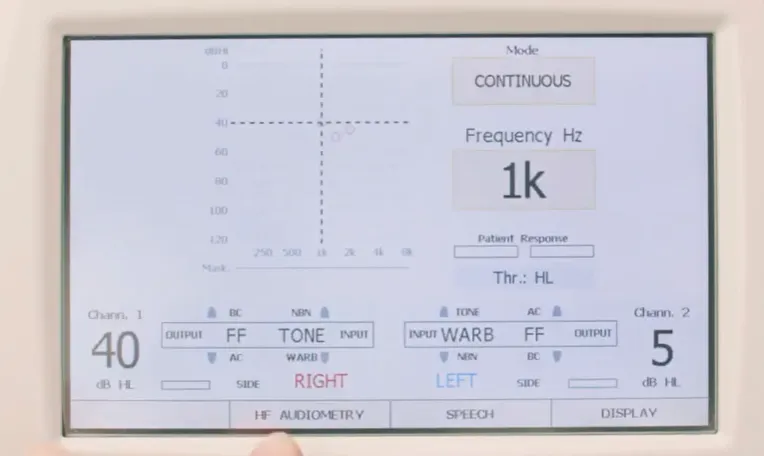
Audiograms are charts that illustrate a person’s hearing thresholds across various frequencies. The horizontal axis represents frequency, measured in Hertz (Hz), while the vertical axis shows sound intensity or loudness, measured in decibels (dB). Hearing thresholds are marked on the audiogram with specific symbols, such as X for the left ear and O for the right ear. These symbols are connected with lines to create a pattern that helps determine the type, severity, and configuration of any hearing loss.
There are several types of Pure Tone Audiometry tests, chosen based on the purpose of the assessment and the age of the individual. Here are some of the most common types:
Air Conduction Audiometry: This is the standard form of Pure Tone Audiometry that evaluates overall hearing sensitivity across various frequencies. The person wears headphones and responds to the pure tones delivered through them.
Bone Conduction Audiometry: This test bypasses the outer and middle ear to directly stimulate the inner ear using a bone conduction device. It helps determine whether hearing loss is related to the outer/middle ear or originates from the inner ear or beyond.
Masking: Masking is used when testing one ear to prevent the non-test ear from detecting the sound. This is achieved by playing white noise or another sound in the non-tested ear, ensuring responses come only from the test ear.
Pediatric Audiometry: Pure Tone Audiometry can be adapted for infants and young children who may not reliably respond to standard pure tones. Techniques such as visual reinforcement audiometry, play audiometry, or conditioned play audiometry are used to make the test engaging and obtain accurate results.
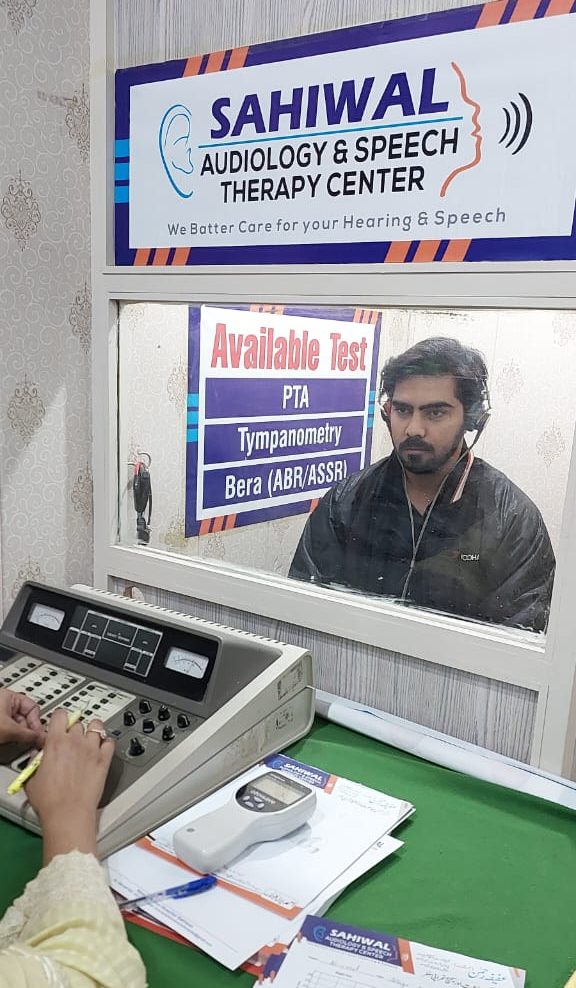
Early Detection of Hearing Loss: Pure Tone Audiometry helps identify hearing loss in its early stages, enabling prompt intervention and management. Detecting issues early is vital for preventing further decline and reducing the negative effects of hearing loss on an individual’s daily life.
Personalized Treatment Plans: The results of Pure Tone Audiometry provide the foundation for customized treatment solutions based on the specific nature and level of hearing loss. This may involve hearing aids, assistive listening devices, cochlear implants, or other tailored interventions.
Tracking Progress: Pure Tone Audiometry is also used to monitor changes in hearing over time. Regular assessments help evaluate the success of treatments and allow professionals to adjust care plans for the best possible results.
Workplace and Safety Applications: In industries with high noise exposure, Pure Tone Audiometry plays a critical role in protecting employees from noise-induced hearing damage. It is also used in safety evaluations for roles that require strong hearing ability, such as driving or operating machinery.
Legal and Insurance Documentation: Audiometry results are frequently used as evidence for legal cases, insurance claims, and workplace health records, ensuring accurate documentation of hearing status.

